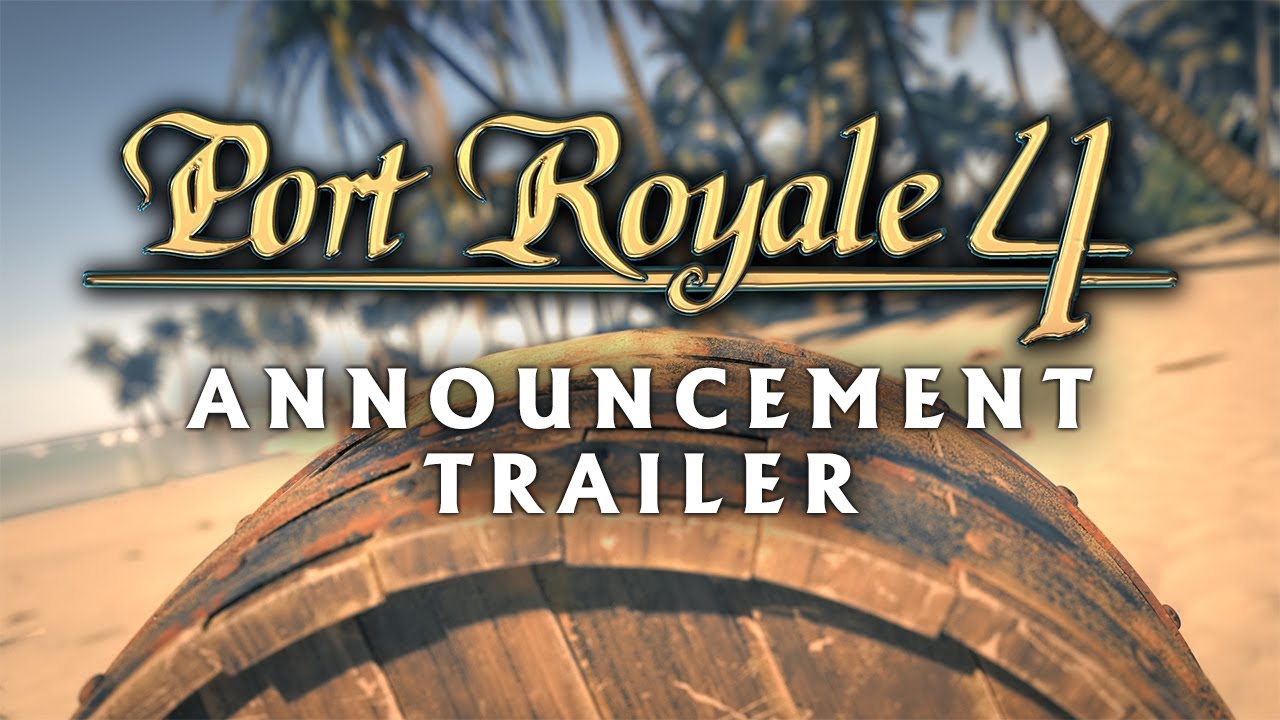
Today, Quebec City is the sole surviving example of a fortified city in North America. Designed in a star shape characteristic of the time, it was never used to defend the city. The Citadelle is a fortress built between 18. The Terrace has public benches, street performers, vendors and even ice slides in winter. Lawrence River, Lower Town and the surrounding area. The lively and popular Rue Saint-Jean is one of the oldest streets in the city.īustling with boutiques and restaurants, this is Old Quebec's ultimate shopping destination.ĭufferin Terrace is a 430-metre long clifftop boardwalk just below Château Frontenac, with spectacular views of the St.

Named a National Historic Site of Canada in 1966, it represents more than 300 years of Quebec architecture.

Originally constructed in 1650, the cathedral has been rebuilt twice, after being destroyed by British troops in 1759 and gutted by fire in 1922. Admire the works of Quebec artists, representing typical scenes of Quebec City. You won't want to miss taking a stroll down this colourful pedestrian alley where local artists display their artwork. The Quebec Citadel and Observatoire de la Capitale offer splendid views of Château Frontenac. Step inside to admire its entry hall, the Verchères room, the Champlain dining room and the reception area. It was named after Louis de Buade, Count of Frontenac, who was governor of the colony of New France from 1672 to 16 to 1698.īuilt in 1893 by the railway to ensure luxurious accommodations for train passengers, Château Frontenac has been named a National Historic Site of Canada. The ferry runs daily all year long, with departures every hour during the day.Īttention all looking to score a perfect picture on their Canadian road trip, the iconic Château Frontenac is Quebec City's most famous landmark and the most photographed hotel in the world. The ride lasts about 12 minutes and costs a few dollars. The ferry between Quebec City and Lévis provides the opportunity to take some amazing photos of the city! The ferry terminal is near Petit-Champlain, in the heart of Old Quebec. Open from Tuesday to Sunday, from 10 a.m. This is our Story: Discover the history and culture of Quebec's Aboriginal cultures and how they view the world. Then and Now: Revisit the major events that shaped Quebec's history, from the early days of the settlers to the present day.Ģ.

Learn all about Quebec with the following 2 permanent exhibitions:ġ. The most popular museum in Quebec City invites visitors to reflect on their values and traditions in relation to those of other cultures and civilizations.

Take the time to admire the interior and exterior of historic Notre-Dame-des-Victoires Church, the oldest stone church in North America. It was here that Samuel de Champlain founded the first settlement in 1608. In summer and winter alike, this small cobbled street is a hive of activity, with its many cafes, restaurants, boutiques and art galleries.Ī visit to Place Royale is like a step back in time to the early days of New France. Quebec City is small enough that the best way to explore it is on foot.Īs its name implies, Lower Town ( Basse-Ville) is located at the foot of Cap Diamant, along the St. Quebec City can be divided into 3 districts: Upper Town, Lower Town and Grande-Allée–Parliament Hill. Lawrence River, Quebec is proud to be a living museum and the only fortified city in North America. Perched on the cliffs of Cap Diamant and overlooking the St. Quebec City is the birthplace of French culture in North America.


 0 kommentar(er)
0 kommentar(er)
